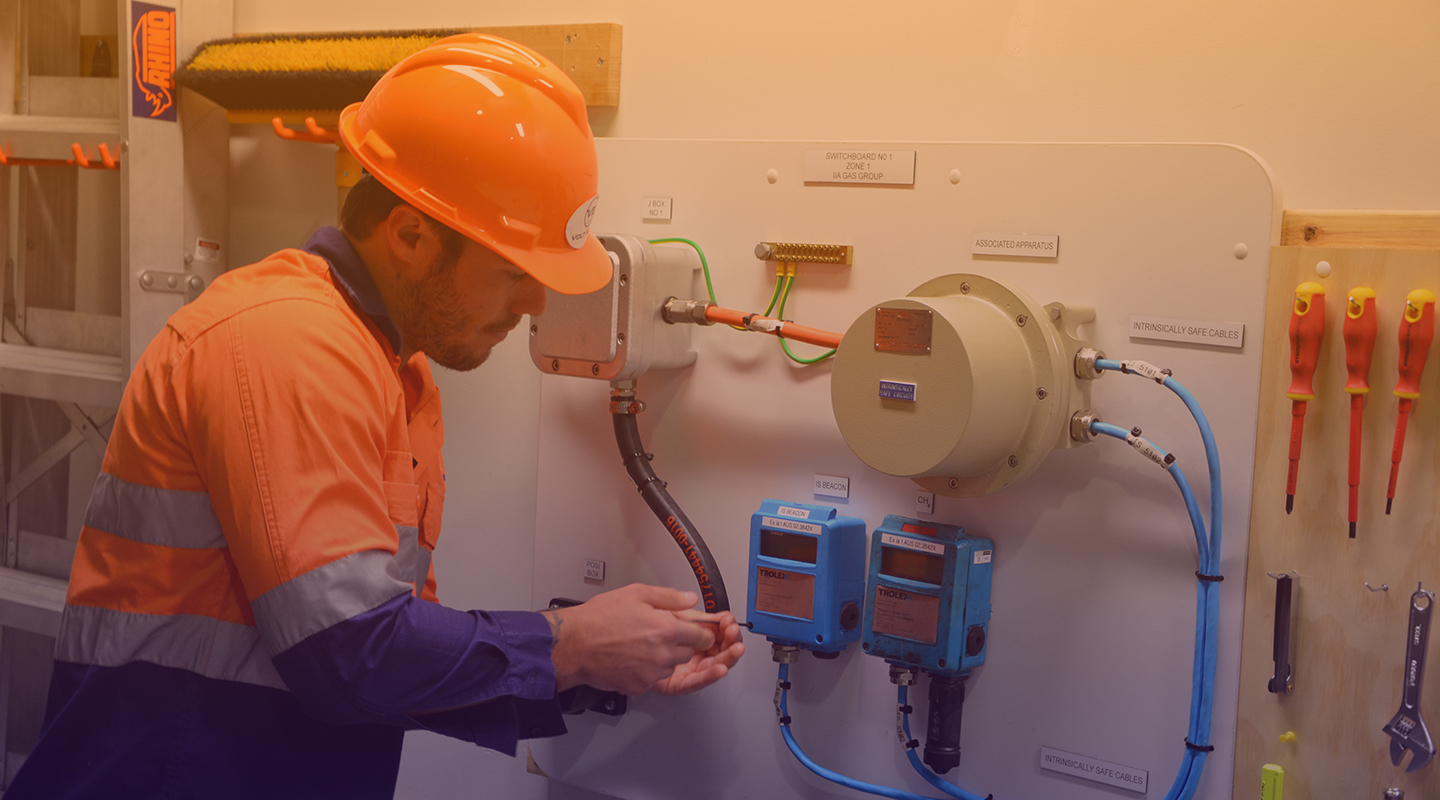6 Simple Techniques For Roar Solutions
6 Simple Techniques For Roar Solutions
Blog Article
Not known Incorrect Statements About Roar Solutions
Table of Contents10 Simple Techniques For Roar SolutionsGetting The Roar Solutions To WorkAbout Roar Solutions
In order to protect installments from a potential explosion a technique of evaluating and categorizing a possibly dangerous location is required. The objective of this is to make certain the right option and installation of devices to ultimately stop a surge and to make certain safety and security of life.
(https://slides.com/roarsolutions)
No equipment needs to be mounted where the surface area temperature level of the equipment is greater than the ignition temperature of the offered threat. Below are some common dust dangerous and their minimum ignition temperature level. Coal Dust 380C 225C Polythene 420C (melts) Methyl Cellulose 420C 320C Starch 460C 435C Flour 490C 340C Sugar 490C 460C Grain Dust 510C 300C Phenolic Resin 530C > 450C Aluminium 590C > 450C PVC 700C > 450C Residue 810C 570C The chance of the hazard being existing in a concentration high adequate to create an ignition will certainly vary from location to location.
In order to classify this threat a setup is divided into locations of threat depending upon the amount of time the hazardous is present. These locations are described as Zones. For gases and vapours and dusts and fibers there are three zones. Zone 0 Area 20 A hazardous environment is very likely to be present and may exist for extended periods of time (> 1000 hours per year) and even continuously Area 1 Area 21 An unsafe ambience is feasible however unlikely to be existing for extended periods of time (> 10 450 C [842 F] A category of T6 means the minimal ignition temperature is > 85 C [185 F] Hazardous location electric devices possibly designed for use in higher ambient temperature levels. This would showed on the ranking plate e.g. EExe II C T3 Ta + 60C( This suggests at 60C ambient T3 will not be gone beyond) T1 T1, T2, T3, T4, T5, T6 T2 T2, T3, T4, T5, T6 T3 T3, T4, T5, T6 T4 T4, T5, T6 T5 T5, T6 T6 T6 A T Class ranking of T1 implies the maximum surface area temperature level produced by the instrument at 40 C is 450 C. Assuming the linked T Class and Temperature ranking for the devices are ideal for the location, you can always utilize an instrument with an extra rigid Division score than needed for the location. There isn't a clear response to this question sadly. It truly does depend upon the sort of tools and what repairs need to be accomplished. Equipment with details test treatments that can not be performed in the field in order to achieve/maintain 3rd event ranking. Need to come back to the manufacturing facility if it is before the tools's solution. Area Repair By Authorised Employee: Complicated screening may not be needed however specific treatments may need to be adhered to in order for the equipment to maintain its 3rd party rating. Authorized employees should be utilized to do the job appropriately Repair have to be a like for like replacement. New element need to be thought about as a straight substitute calling for no unique screening of the devices after the repair is complete. Each item of devices with a dangerous ranking need to be evaluated individually. These are laid out at a high degree listed below, however, for more thorough details, please refer straight to the standards.
The smart Trick of Roar Solutions That Nobody is Discussing
The devices register is a comprehensive data source of tools documents that consists of a minimum collection of areas to determine each thing's area, technological parameters, Ex-spouse classification, age, and environmental data. This info is critical for monitoring and handling the equipment properly within unsafe areas. In comparison, for routine or RBI sampling evaluations, the quality will be a combination of Thorough and Close examinations. The ratio of Thorough to Shut inspections will certainly be determined by the Equipment Danger, which is evaluated based on ignition threat (the chance of a resource of ignition versus the likelihood of a flammable environment )and the unsafe area classification
( Area 0, 1, or 2). This variant will additionally affect the resourcing demands for job prep work. As soon as Great deals are defined, you can develop sampling plans based upon the sample dimension of each Whole lot, which describes the variety of random equipment products to be evaluated. To determine the called for example dimension, 2 facets need to be examined: the size of the Whole lot and the category of examination, which suggests the level of effort that must be applied( minimized, typical, or enhanced )to the examination of check this the Great deal. By integrating the group of examination with the Whole lot size, you can then establish the ideal denial criteria for a sample, suggesting the allowed variety of damaged things discovered within that sample. For more details on this process, please refer to the Power Institute Guidelines. The IEC 60079 standard suggests that the maximum period in between examinations need to not go beyond 3 years. EEHA inspections will certainly additionally be conducted beyond RBI projects as component of arranged maintenance and devices overhauls or repair work. These evaluations can be credited toward the RBI sample dimensions within the influenced Great deals. EEHA inspections are performed to identify faults in electrical devices. A heavy scoring system is essential, as a solitary item of devices might have several mistakes, each with differing degrees of ignition risk. If the combined score of both evaluations is much less than twice the mistake rating, the Great deal is considered acceptable. If the Whole lot is still considered inappropriate, it should undertake a complete examination or reason, which may cause stricter assessment protocols. Accepted Lot: The sources of any kind of mistakes are determined. If a common failing mode is located, added equipment might require inspection and fixing. Mistakes are classified by seriousness( Safety, Honesty, House cleaning ), making certain that urgent problems are assessed and resolved immediately to alleviate any type of effect on safety and security or procedures. The EEHA database ought to track and videotape the lifecycle of mistakes together with the rehabilitative activities taken. Applying a robust Risk-Based Examination( RBI )strategy is important for making certain conformity and safety and security in handling Electric Tools in Hazardous Areas( EEHA) (hazardous area electrical course). Automated Mistake Scoring and Lifecycle Management: Easily handle mistakes and track their lifecycle to enhance evaluation precision. The introduction of this support for risk-based assessment additionally enhances Inspectivity's position as a best-in-class remedy for governing compliance, along with for any kind of asset-centric examination usage situation. If you are interested in discovering more, we welcome you to ask for a demonstration and discover just how our solution can change your EEHA administration procedures.
The Buzz on Roar Solutions

In terms of explosive risk, a dangerous location is a setting in which an explosive atmosphere is present (or might be expected to be present) in amounts that call for special precautions for the building, installment and usage of devices. eeha certificate. In this post we explore the difficulties encountered in the work environment, the danger control measures, and the needed proficiencies to work safely
These compounds can, in certain problems, form eruptive ambiences and these can have major and unfortunate consequences. Many of us are acquainted with the fire triangle remove any kind of one of the three aspects and the fire can not happen, yet what does this mean in the context of harmful areas?
In many instances, we can do little concerning the levels of oxygen in the air, however we can have substantial impact on sources of ignition, for instance electric tools. Harmful locations are documented on the unsafe area category illustration and are identified on-site by the triangular "EX-SPOUSE" sign. Here, among various other essential information, zones are divided right into 3 kinds depending on the threat, the probability and period that an eruptive atmosphere will certainly exist; Zone 0 or 20 is regarded one of the most hazardous and Zone 2 or 22 is considered the least.
Report this page